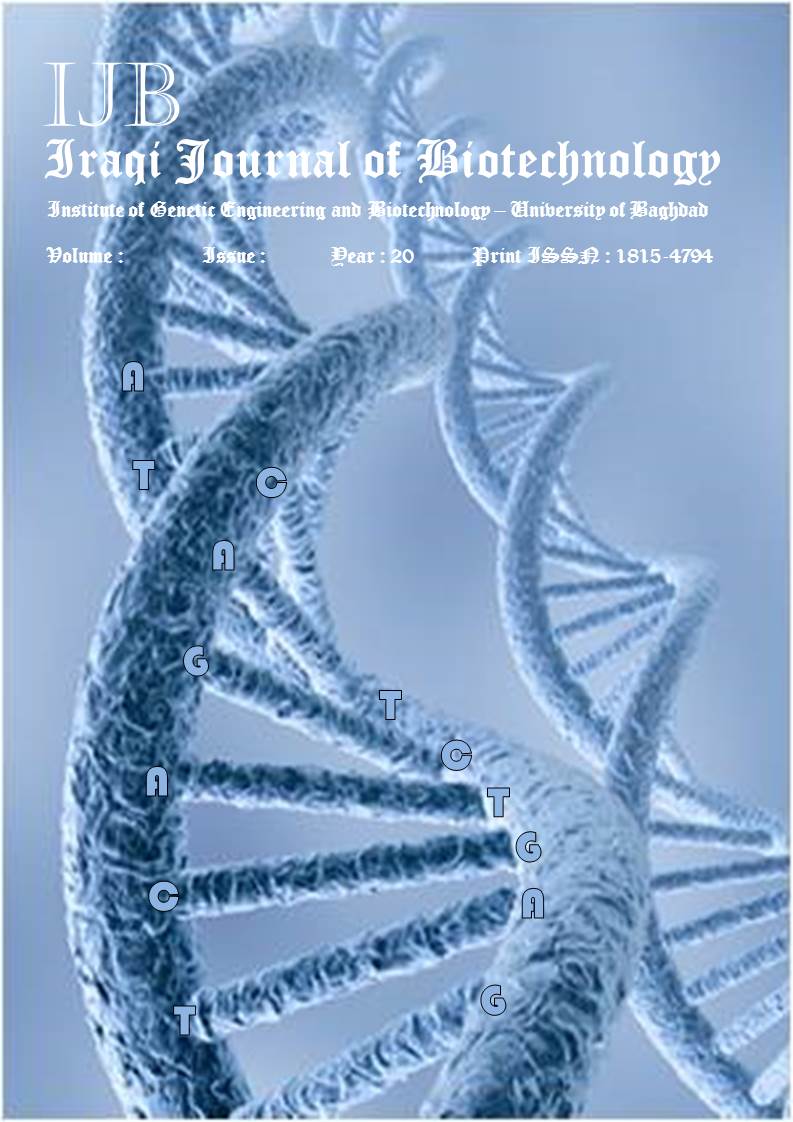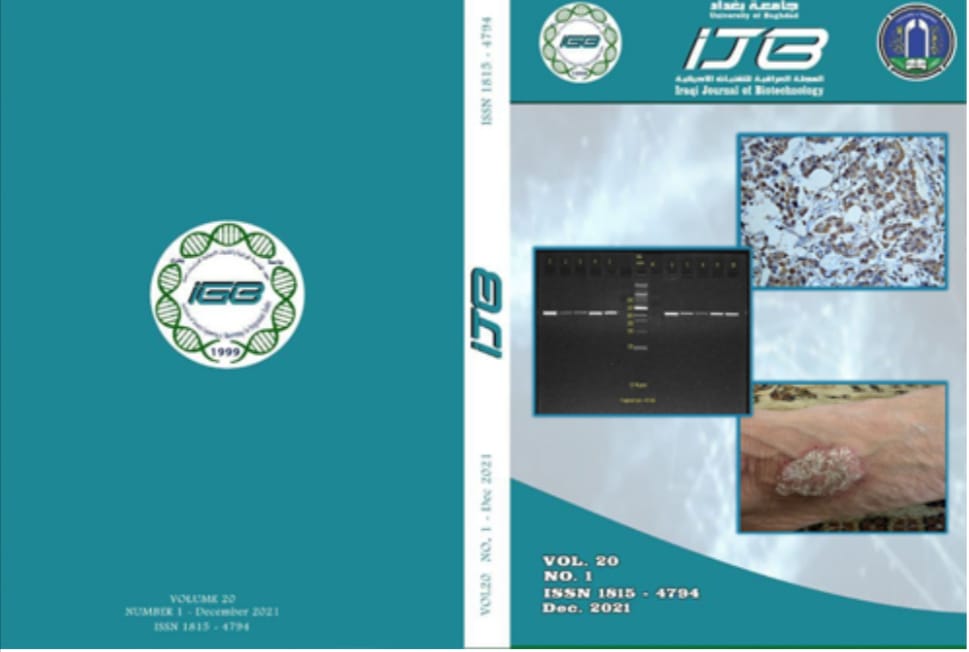Tumors Associated Macrophages (TAM) Phenotype in Colorectal Cancer Patients
Abstract
The ability of macrophages to adapt to their environment has led to the identification of two main polarized phenotypes of macrophages. First M1 macrophage (classical) is associated with chronic inflammation, cancer initiation and promotion and the reduction of cancer risk by treatment with anti-inflammatory drugs. Second, M2 macrophage (or alternative), a high density of these tumor-associated macrophages correlates with poor prognosis and show mostly protumoral functions, promoting tumor cell survival, proliferation, and dissemination. The study aimed to detect of the distribution of different subtypes of macrophages clinical specimens of colorectal carcinoma (CRC), and how they are integrated with tumor features. Total of 47 patients with colorectal carcinoma were enrolled in this study, among of these patients 26 (55%) males and 21(45%) females, with a range age from 37 years to 72 years, mean age (54.5 year), with 1:1.2 ratio between female and male. Immunohistochemistry was used to detect nitric oxide synthase 2 (NOS2) as a marker for the M1 macrophage phenotype and the scavenger receptor CD163 as a marker for the M2 macrophage phenotype with CD68 as general marker of detection macrophage in tissue. Results recorded that NOS2 with score 3 appeared high frequency (34.04%) fallowed by 25.53% to score 2. NOS2 showed association with age groups <50 years, gender, right site, poorly differentiated, and mucinous types of cancers. As a markers of TAM1, CD163 recorded, high frequency (44.68%) for score 1 followed by score 2 in 17.02%, and association with gender, in female, left site, poorly differentiation, and mucinous cancers.


